Want to Get Started in VR Design? Here’s a List of Key Resources You’ll Need
By Antoine RibordyOver two years ago, I started designing my first VR experience.
And two months later… I gave up.
When you get started in VR design, it can be overwhelming. And the approach you choose can dramatically change the outcome of your efforts.
10 months ago, I resumed my work. This time, I took a different approach and it paid off: I recently launched my first mobile VR game, iSurviVR.
One key to success is to avoid information overload.
Today, you can find tons of free information on everything, online. And VR is no exception, even though the market is still of a modest size.
But to be effective, you need to be selective. And know what information you need at what time.
And how do you know that?
By asking people who’ve already been through the journey. That’s what I did the second time around.
And sometimes, that means you need to pay for it.
When you realize your time is more precious than your money, you’ll be happy to spend money to save time.
Today I’d like to help you be selective and get access to the most essential resources for VR design.
We’ll be going through:
- Books
- Blogs
- Podcasts
- Youtube channels
- Online courses
- Tools
But let’s start with a small background introduction on VR design.
Telling a story
VR draws heavily from video game design and interactive storytelling.
And if you’re reading this, you’re most likely already familiar with these topics, as a gamer. After all, the majority of early adopters of VR are gamers. And they’re still the primary targets of the market.
Role-playing games (RPG) are the best examples of immersive storytelling and complex video game design. As a first step into VR design, my advice is to analyze the mechanics behind the best RPGs around. Especially Western RPGs.
Some of the best examples are games from BioWare.
Games like Mass Effect , Star Wars: Knights of the Old Republic or their MMO, Star Wars: The Old Republic.
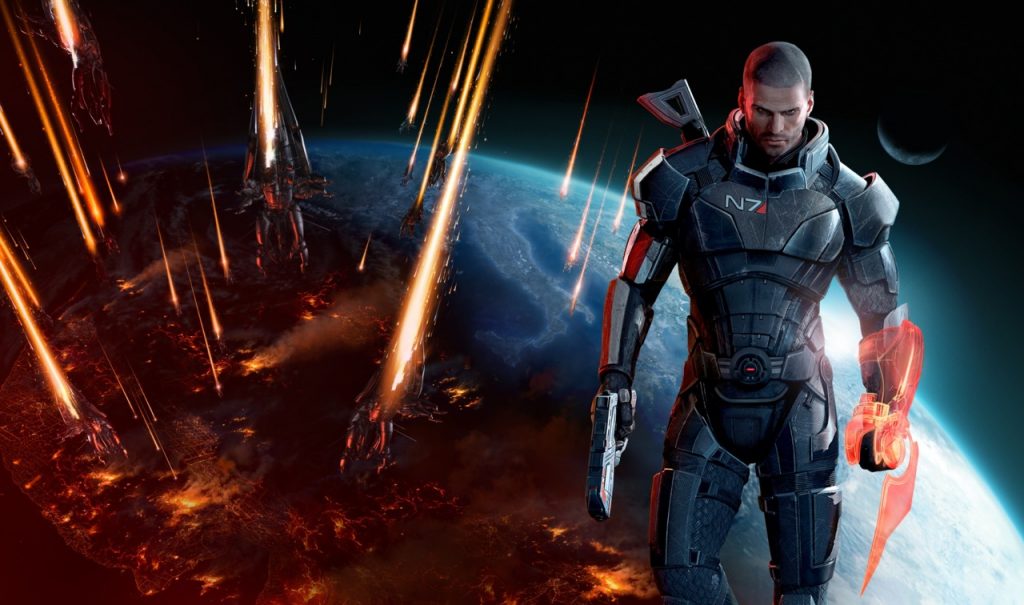
Why?
Because these games put you in positions where you’ve got to choose the type of character you want to play. The type of person you’re embodying. This is an important concept, because a key component of VR is to be transported to an imaginary place, often inside an imaginary body.
Also, the story in RPGs is intricate. And it’s interactive, as choices you make will impact how that story unfolds.
In VR, you’re an actor and your behavior can (and should) impact the world you’re evolving in. So we’ve got a lot to learn from games. And my advice is to be well versed into their design and how they tell stories.
With this out of the way, let’s now look at our VR resources.
1. Books
The number of books covering VR will grow quickly in the next few years. Today, there’s already quite a few. Here are the ones I recommend.
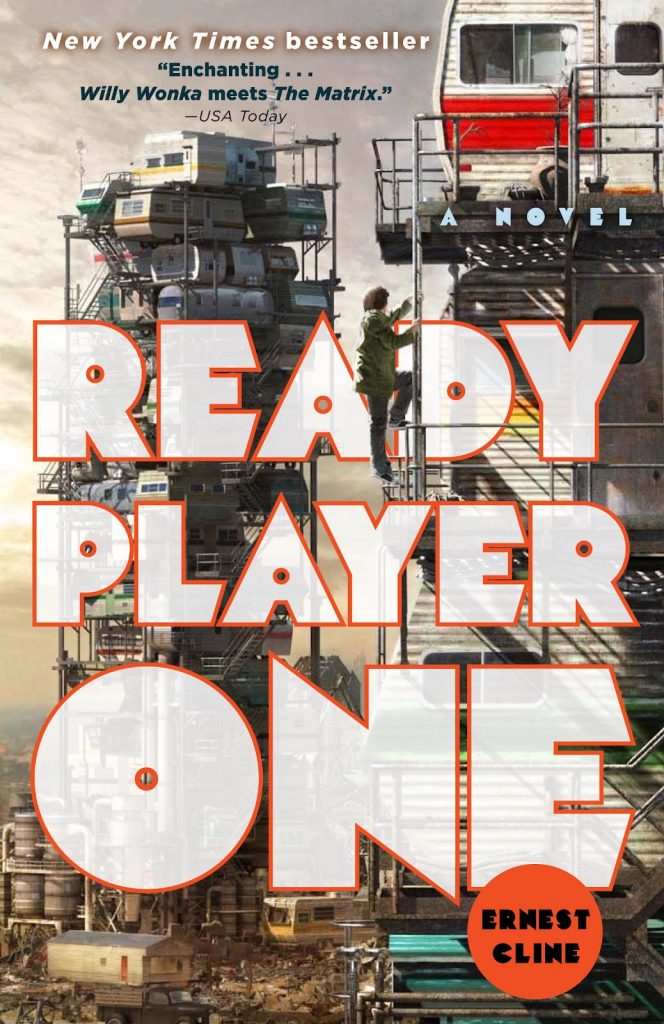
You might have noticed I’ve started with a fiction book. Why?
Because my favorite way of exploring VR is to fun and get immersed in a story (remember I started with storytelling?). Ready Player One gives you a glimpse into what the future of VR might be. And it might even give you direct ideas and a guideline to create your own VR products.
It’s a really fun book to read and one that will motivate you like crazy to get involved in creating our VR future.
Infinite Reality is not a recent book, but it does a great job of exploring the various facets of VR, from a research perspective. It goes into empathy, social experiments and what it means to become someone else through VR. A thought provoking book.
The VR Book is not a quick read. It’s a sort of reference guide you can go back to. It covers in great details the many facets of VR and will make you grasp how complex it can be to master the field. It will give you some perspective and help you understand how all the parts connect together.
2. Blogs
The number of blogs covering VR is growing fast and it’s becoming harder to find the pearls through the jungle. It’s easy to get overwhelmed by the amount of information you’ve got access to.
Here are my favorites. They happen to be some of the post popular blogs around as well.
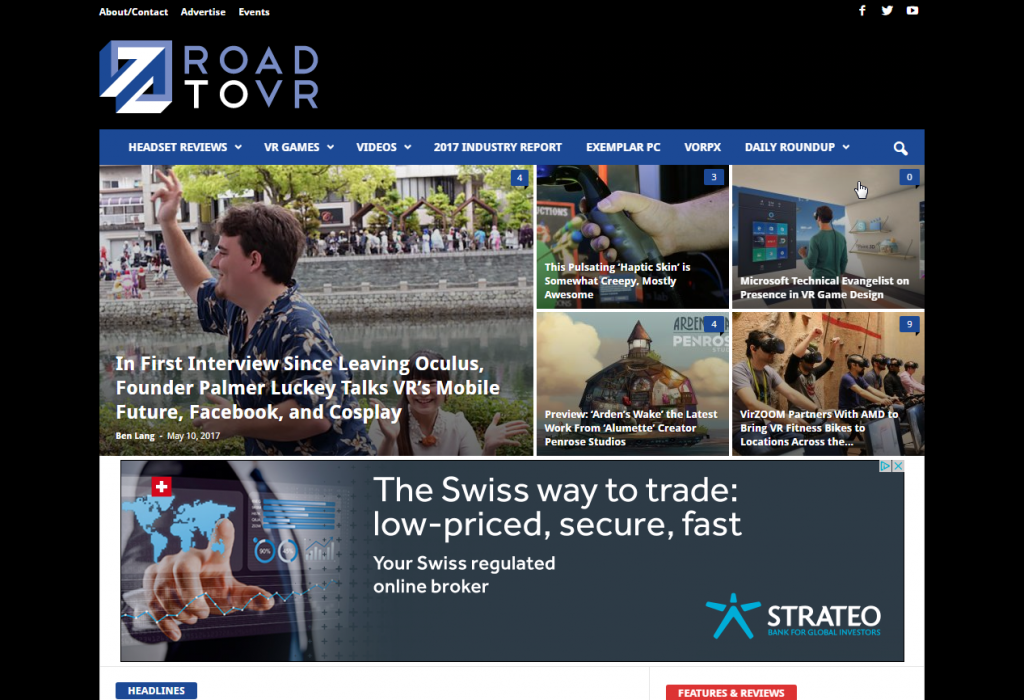
Take your time to find the blogs that are the most relevant to you work and needs. Watching how the industry is evolving and getting inspiration from other people’s products and content will help you stay ahead of the curve and create exciting experiences.
3. Podcasts
I will say it. Podcasts can be a bit of a hit and miss.
Even though I haven’t done it myself, I can see that putting together a high quality podcast is no easy task. And it gets worse…
Having a good podcast running doesn’t mean you’ll get an audience for it. You’ll have to work on your marketing to keep your audience coming.
So here’s the sad truth. Many podcasts just come and go. VR podcasts are no exception and I’ve seen a lot of them disappear.
From the remaining ones, some are mostly recorded random chats. I lost interest for them quickly…
Bottom line, I can only recommend two active podcasts today.
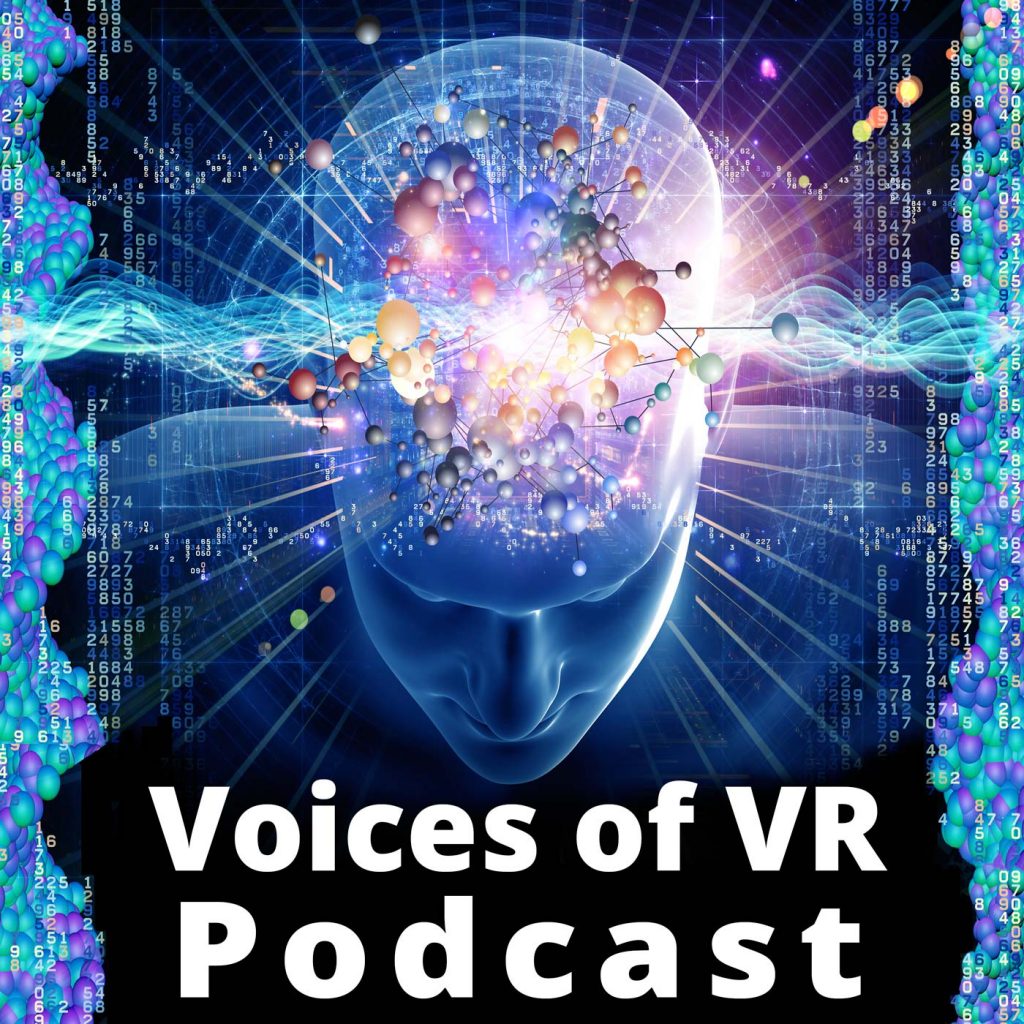
The Voices of VR today’s reference podcast in VR. There’s over 530 available episodes at the time I’m writing this. So if you’re starting listening to the podcast from episode 1, it will keep you busy for a while.
Kent Bye has interviewed most of the actors in the industry. Listening to the podcast will give you a good measure of the field and expose you to many ideas and products in hardware and software.
ResearchVR will give you a more in-depth approach to VR. It dives deep into the research around VR and how you can create great products and experiences. As a VR designer, I can say this podcast is a gold mine.
4. Youtube channels
Right now, VR is a visual experience first and foremost. Watching a video of a VR experience on a 2D screen doesn’t convey the real experience, but it’s still better than not having any visual representation of the application.
You’ll find plenty of youtube channels showing playthrough of games. But here, we’re not that interested in playthroughs. We’re looking for resources that will help us create great VR experiences, learn quickly and stay up to date with developments in the field.
Actually, wait a minute… We’re still interested in watching some playthroughs. It’s a quick way to get inspiration from others and borrow some ideas.
So I’ll provide one channel that offers plenty of playthroughs. And maybe it will lead you to your potential dream job: testing VR apps all day long and getting paid for it.
Here’s my selection of channels. We’ll find again two of our blogging suspects, UploadVR and RoadtoVR:
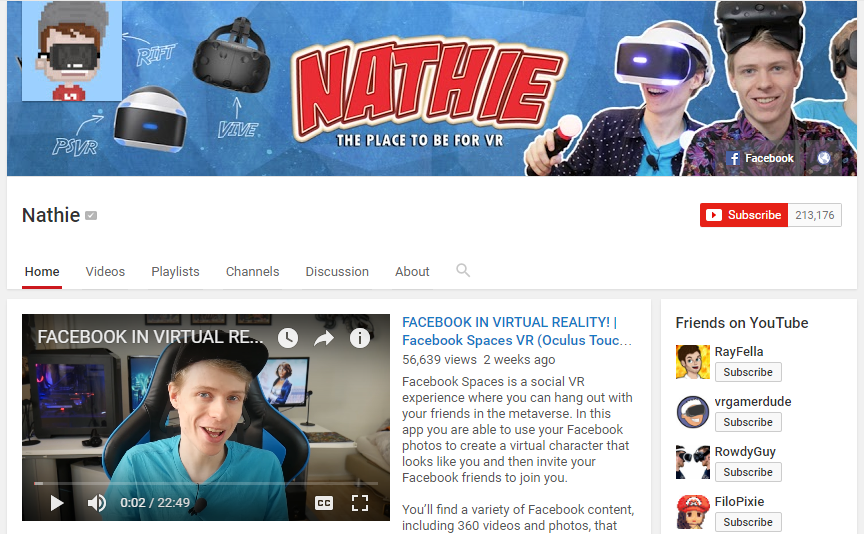
5. Online courses
Online education is a big deal! Most people don’t realize it yet, but it is.
As only a minority of people take online courses today, they’re still under the radar for the majority of us. But they’re a gold mine. And their influence in everyone’s life will keep growing.
In a high-tech field that is booming, continuous education is key. What you learn today will quickly become obsolete. That’s why online education should be at the center of your VR plan.
Here again, you’ll have to filter out the best from the rest. Most of the courses I’ve seen online are of good quality. But some are more effective in teaching you the skills you need.
So, here’s my selection of courses to get started in VR design:
- Udacity’s VR Developer Nanodegree
- Coursera’s Principles of Game Design
- Udemy’s VR Course
- Udemy’s Learn to Code by Making Games
- Udemy’s The Unreal Engine Developer Course
- Udemy’s Learn 3D Modelling – The Complete Blender Creator Course
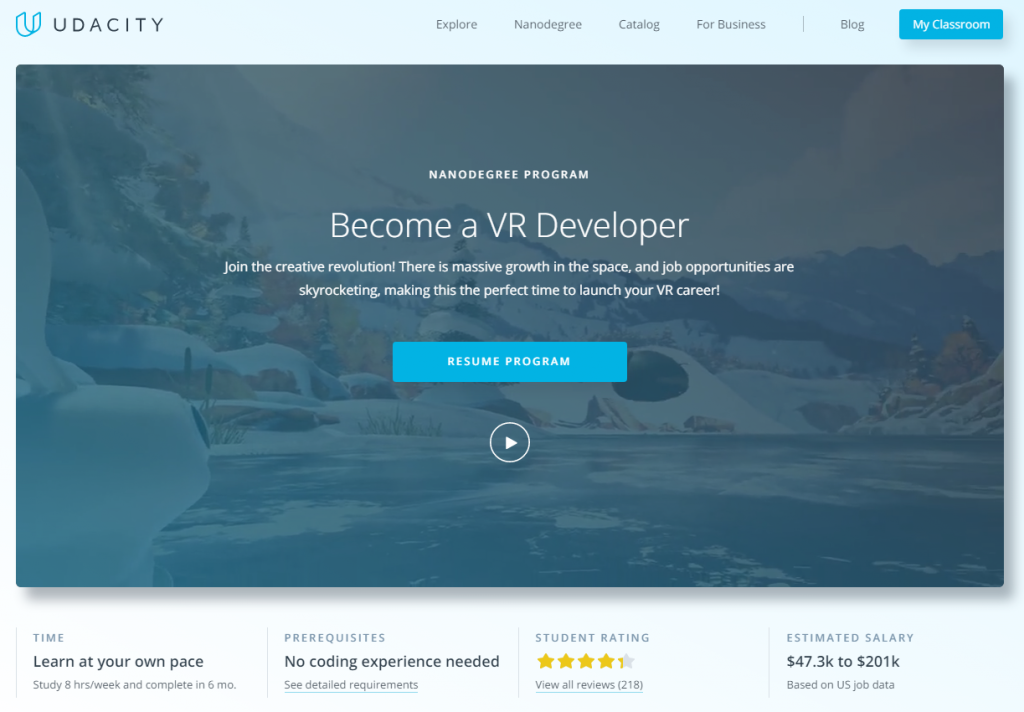
As VR development relies heavily on game development, I’m recommending three courses teaching game design and coding.
Now, if you’re really serious about VR and ready to invest some money in your training, I strongly recommend you complete Udacity’s VR Developer Nanodegree.
What makes it stand out?
At each stage of the degree, you’ll be building your own applications and submitting them for review. And you’ll successfully pass that stage only when you project meets the defined specification criteria.
That means you’re forced to apply what you’ve just learned and you’ve got your own projects to keep you engaged. Plus, you’ll be building your own portfolio from the get go.
So, if you’re building a portfolio to win freelancing contracts or looking for a job in the industry, by the time you’ve completed the nanodegree, you will have it already.
Are you serious about VR design? Then, what are you waiting for?
Want a free option instead?
You can get started in VR design by understanding game design. And you can learn it through the Coursera course mentioned above. It can be a good option to get your feet wet, before you commit money.
Note that there are other similar courses on game design that you can attend for free on Coursera. Feel free to browse.
Finally, I’m recommending 4 courses on Udemy that will help you learn to code and create your first VR application. Thanks to discount codes you can find through a Google search, you should be able to take each course for about $10.
The first two are focused on creating applications using Unity.
The VR course doesn’t got into advanced coding and animation. That’s why I recommend Learn to Code by Making Games to perfect your craft.
You’ll learn a lot more on how to code in C# and create more advanced games. These principles will help you get more comfortable with VR design and give you different perspectives on game design, which is useful for VR.
Do you want to design with Unreal Engine? I’ve listed a course for you that will not only teach you the basics, but then accompany you to the more advanced stuff. With it, you’ll be building apps in no time.
To create interactive VR application and games, you need 3D models to populate your world. Assuming you’re not only using 360 videos.
Blender might not be the easiest tool to learn. But it’s free and that’s a key advantage versus Maya or 3DS Max. Learn 3D Modelling is a very thorough course that will teach you all you need to create your own models with Blender.
If you prefer to use Maya or 3DS Max, there are other courses you can take on Udemy. If you need my advice, feel free to contact me using the contact form here on the website.
All right, I’ve rambled for long enough on courses, time to move on to our last section!
6. Tools
There’s plenty of tools to help you design your ideal VR experience. Now, the challenge is to find what works for you and where you should get started.
Should you model in 3DS Max, Blender or Maya?
Should you use Unity, Unreal Engine or CryEngine to design your first app?
What about animation? And audio?
Don’t worry, I’ve got you covered.
Follow the link for a detailed post on tools I wrote some time ago.
The Complete List of Tools You Need to Create Your First VR Experience
It will help you figure out the best learning path for you, depending on your needs and plans.
Your Journey
Learning VR design and creating applications is a process.
Today, you can find plenty of material to suit your needs and aspirations.
I’ve listed the most useful resources I uncovered while learning the craft myself. Now, it’s up to you to use these resources to find what resonates best with you. And more importantly, what makes you the most effective at VR design.
As the field is growing and changing, no doubt some resources will become out of date and new ones will appear. So, you’ll have to stay flexible and look for new resources as you progress on your journey.
As an entrepreneur, learn to experiment and adjust your list of resources as you uncover what gives you the best results.
I’m curious to see your favorite resources too.
What is one resource you love that’s not been listed here? Post your favorite one below.


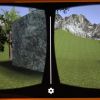


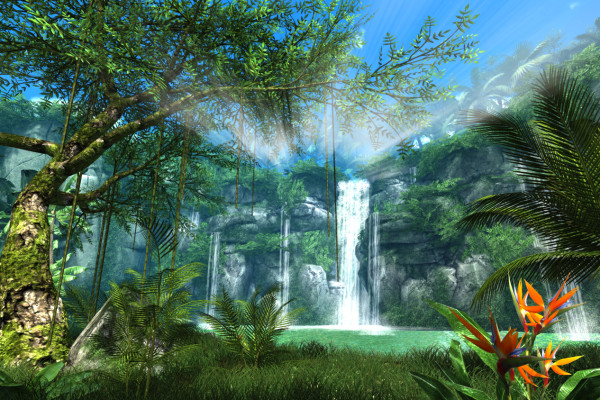
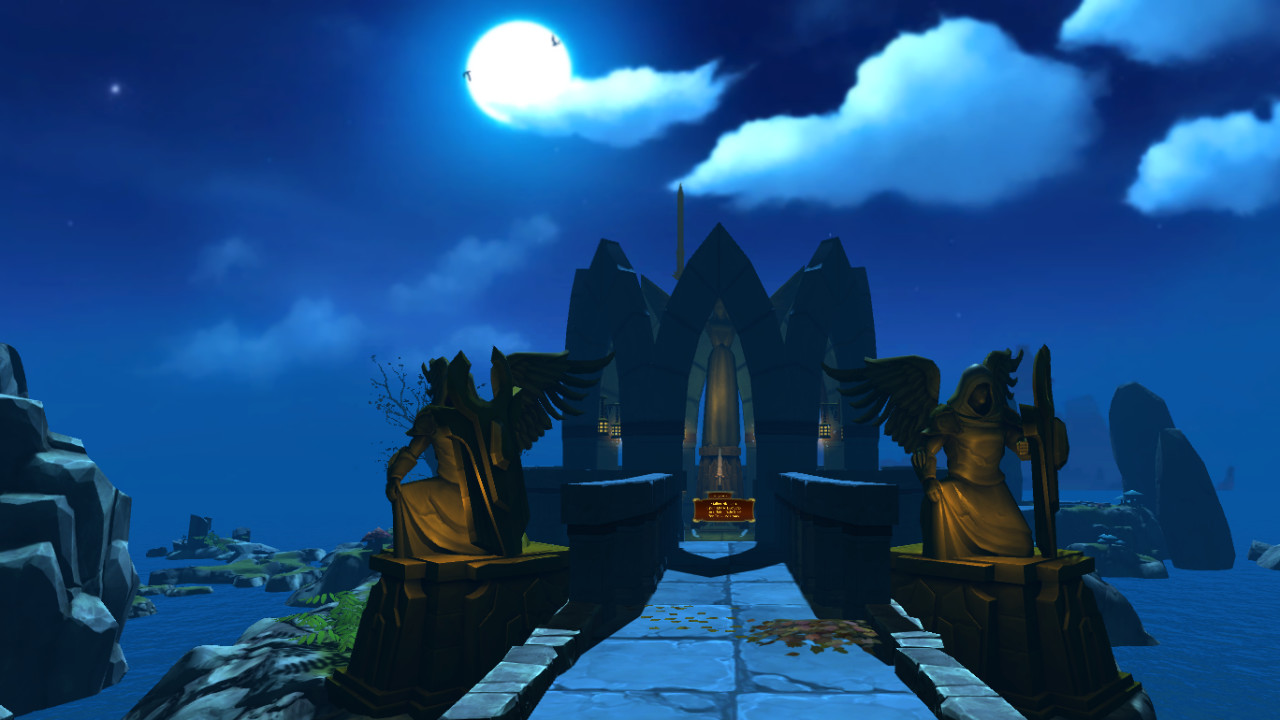
Please share your comments